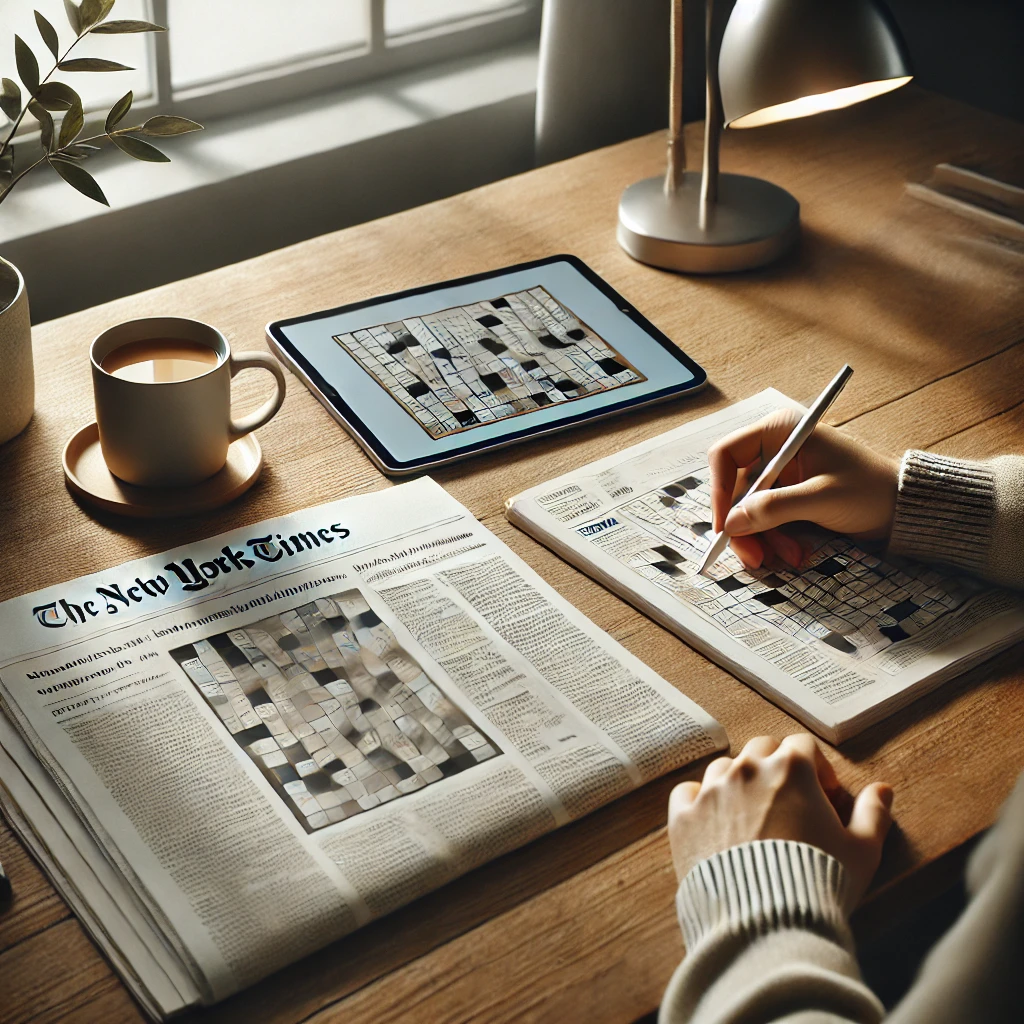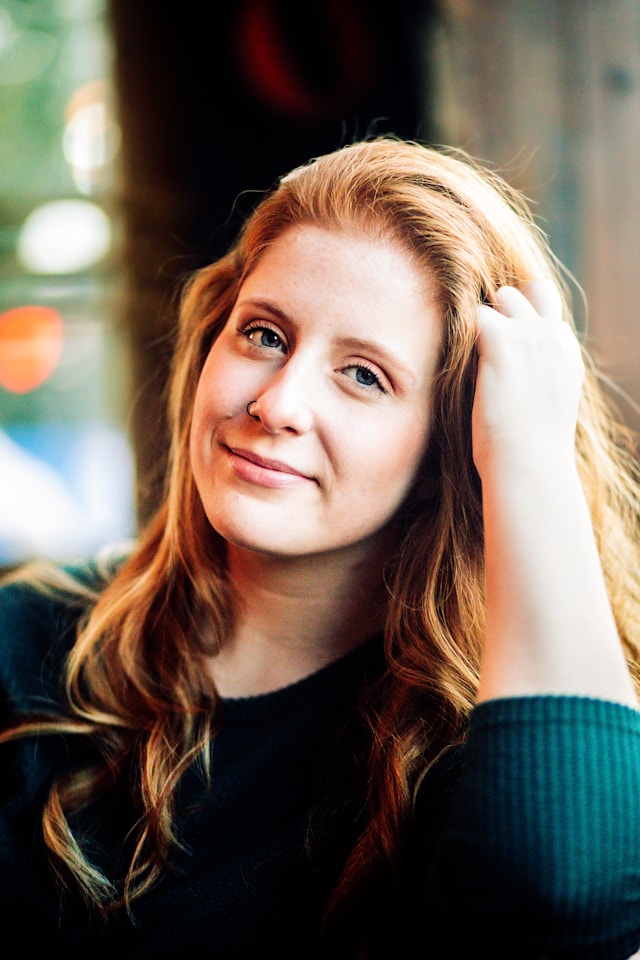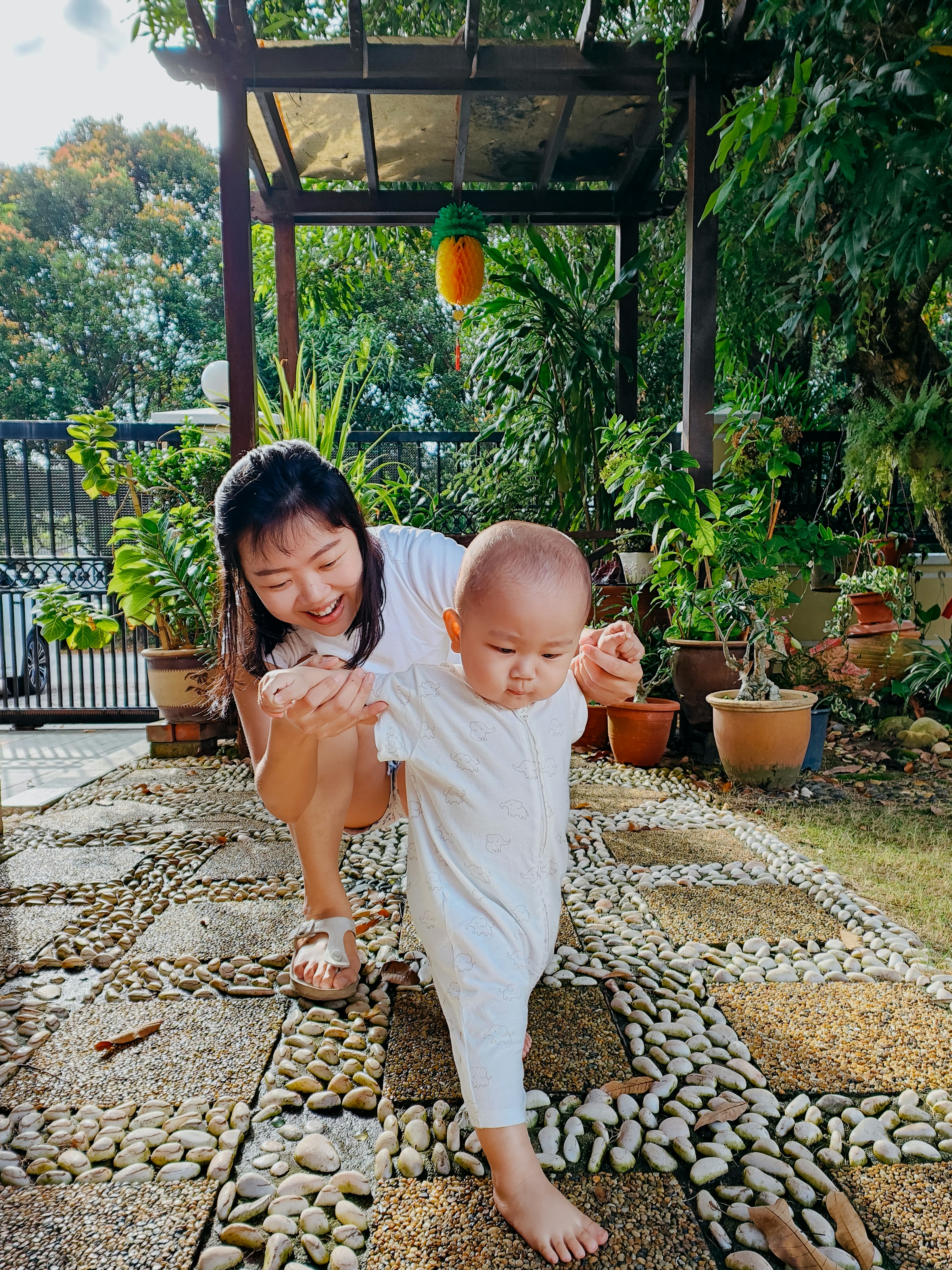Bookmark this page - Use keyboard short-cut: Ctrl+D - For Your Benefit
Advisory
Use the Google Chrome web-browser to play the interactive crossword puzzles displayed on Indyword.com.
Specially when you are using a mobile device, like a smartphone or tablet.
What things do I need to think about when creating crossword puzzles ?
What things do I need to think about when creating crossword puzzles ?
What things do I need to think about when creating crossword puzzles?
Creating a crossword puzzle can be a blast, mixing creativity with a dash of logic. Whether you're a puzzle enthusiast or just someone looking to dip their toes into a new hobby, making your own crossword can be incredibly rewarding. Here’s a fun, step-by-step guide to get you started!
First things first, think about a theme for your puzzle. Themes are great because they give your puzzle some flair and help guide your word choices. You could go with something seasonal like holidays or choose a specific topic like animals, movies, or even a clever play on words. The theme not only adds a layer of cohesiveness but also makes the puzzle more enjoyable and intriguing for the solvers.
Once you’ve nailed down your theme, it’s time to decide on the size of your grid. The standard crossword grid in newspapers is usually 15x15 squares, but you can definitely go bigger or smaller depending on the level of challenge you want to present. Larger grids can accommodate more words and longer phrases, which can be fun for a deep dive into your theme. Smaller grids are quicker to solve and can be perfect for a quick puzzle fix.
A key aspect to consider is symmetry. This means that the pattern of black squares should look the same if the puzzle is rotated 180 degrees. Symmetry isn’t just about aesthetics, though it does make the puzzle look nice and balanced. It also helps create a consistent solving experience, which solvers will appreciate.
What things do I need to think about when creating crossword puzzles?
With your theme and grid size set, the next step is to compile a list of words that will fit into your puzzle. Make sure to include a mix of long and short words to keep things interesting. Start with words that directly relate to your theme, then add more general words to fill out your list. Variety is the spice of life, even in crossword puzzles!
Now comes the fun part—writing the clues! This is where you can really let your creativity shine. Clues should be clear yet challenging, giving solvers just enough information to figure out the word without making it too easy. A good mix of straightforward and tricky clues will keep solvers engaged. Don’t be afraid to throw in some puns, wordplay, or double meanings to add a fun twist to your puzzle.
As you start filling in your grid, make sure that most of your words intersect with others. This not only helps fill out the grid but also makes the puzzle more engaging. Intersecting words provide additional hints and make the solving process more dynamic, as finding one word can help reveal others. It’s like a little chain reaction of “aha!” moments.
Decide on the difficulty level of your puzzle. Are you aiming for a beginner-friendly puzzle with common words and straightforward clues? Or are you going for a brain-bender with obscure words and cryptic hints? Tailor your puzzle to your intended audience and don’t be afraid to challenge them a bit.
Filling the grid can be a bit like a jigsaw puzzle. Start by placing your theme words where they fit best, then use the remaining words from your list to fill in the rest of the grid. It might take some patience and creativity to get everything to fit together smoothly, but that’s part of the fun! Don’t be afraid to adjust words and their placements as needed.
Before you publish your puzzle, solve it yourself or have someone else test it. This step is crucial for catching any errors and ensuring that all the clues and words are accurate. A test solve can also help identify any misleading clues that could frustrate solvers. There’s nothing worse than a puzzle that doesn’t quite work!
Finally, give your puzzle a thorough proofread. Check for spelling errors, duplicate words, and any clues that might be unclear or incorrect. A well-proofed puzzle enhances the solving experience and shows off your attention to detail. It’s the final polish that turns a good puzzle into a great one.
And there you have it! Crafting a crossword puzzle is a blend of art and science. By carefully considering each of these elements, you can design a puzzle that’s not only challenging but also a joy to solve. Whether you’re making a puzzle for a newspaper, a friend, or just for fun, the process can be incredibly rewarding and intellectually stimulating.
So go ahead, grab that pencil (or keyboard), and start crafting your masterpiece. You’ll find that creating crossword puzzles is not just about the end product, but also about the journey of putting it all together. Happy puzzling!
Creating American newspaper-style crossword puzzles

See https://www.youtube.com/@crossword-compiler
Links to Crossword Books:
Indyword - Best Sellers in Crossword Puzzles - Click here
Indyword - Best Sellers in Crostic Puzzles- Click here
Indyword - Best Sellers in Cryptic Puzzles - Click here
Indyword - Best Sellers in Puzzle Dictionaries - Click here







